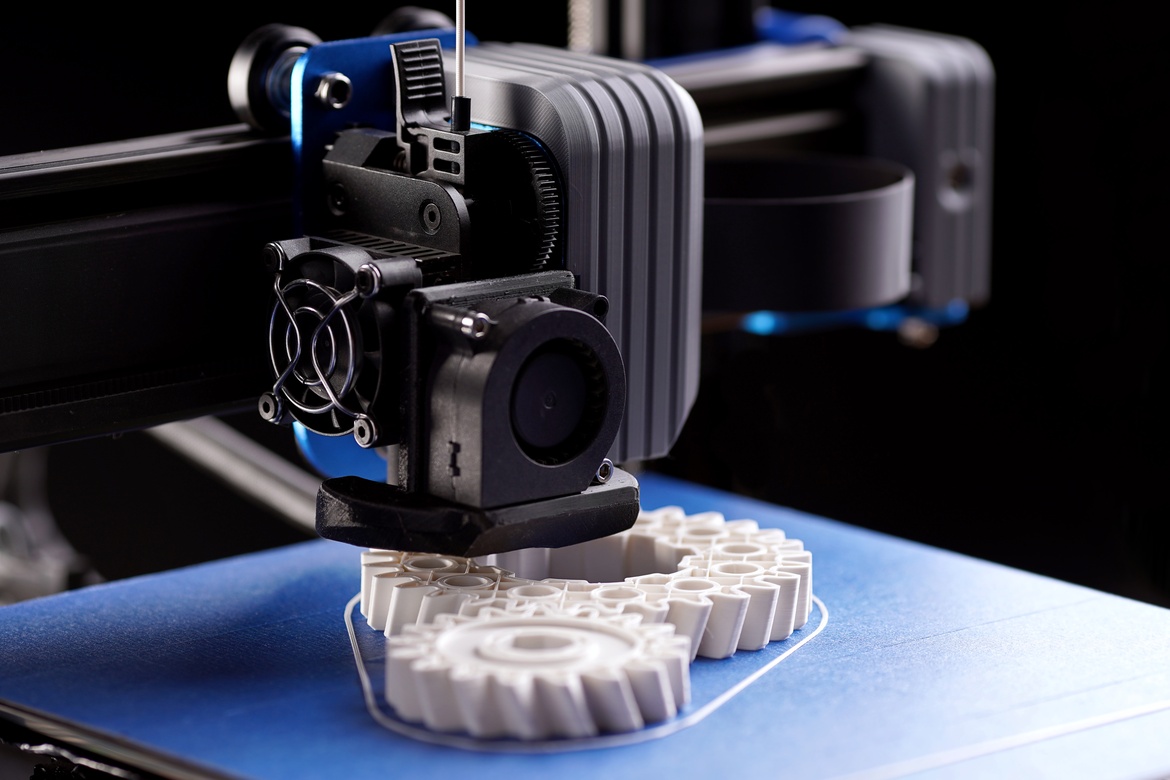How Solenoid Valves Impact the Future of 3D Printing

Solenoid valves play a vital role in the next generation of 3D printing by delivering exact control over fluid and gas flow. As printers become more advanced, the demand for precise regulation increases, especially in industrial and high-performance applications. Manufacturers pushing the limits of additive technology depend on component-level precision, and solenoid valves now sit at the center of that evolution.
Improving Print Precision Through Fluid Control
One way to understand how solenoid valves impact the future of 3D printing is to look at the connection between real-time control and flawless object geometry. Solenoid valves regulate the flow of resins, gases, or additives in high-resolution 3D printers with pinpoint accuracy.
Uncontrolled flow introduces irregularities into each printed layer, affecting dimensional accuracy and structural strength. Engineers use solenoid valves to adjust flow rates in real-time based on temperature, pressure, and print speed. Advanced systems detect micro-fluctuations and trigger valve actuation immediately, preventing surface defects before they form.
Enabling More Diverse Material Compatibility
3D printers use different types of plastic such as PLA (polylactic acid), ABS (acrylonitrile butadiene styrene), TPU (thermoplastic polyurethane), and metal-filled polymers during complex builds, and solenoid valves allow them to effectively switch between types. Each material demands different temperatures, pressures, and flow dynamics, requiring valves that can adapt instantly.
Solenoid valves designed for high-viscosity fluids or corrosive compounds enable broader material compatibility. Material scientists now build systems that use responsive valve timing to layer flexible and rigid polymers in a single object.
Supporting Faster Print Speeds and Response Control
The speed of prints is highly impacted by solenoid valve response times. Print speed increases when solenoid valves open and close within milliseconds, without lag or residual flow.
Rapid actuation supports dynamic changes in extrusion, especially in prints with alternating material zones or fine geometry. Manufacturers pushing high-volume production depend on valve systems that move faster than mechanical alternatives.
Delayed valve action introduces over-extrusion, warping, or failed layer adhesion. Print stability and response times are just a few of the ways solenoid valves impact the future of 3D printing.
Improving Environmental Control Inside Build Chambers
Solenoid valves maintain internal chamber conditions by regulating inert gas flow, moisture levels, or targeted heat. Precision-controlled nitrogen or argon flow prevents oxidation during metal printing, extending part lifespan and reliability. Photopolymer systems also use valves to inject or vent reactive gases during UV exposure stages.
Gas valves work in tandem with thermal systems to stabilize air temperature around the print bed. Without environmental control, material properties degrade and layer adhesion weakens.
Unlocking New Industrial Applications
High-end industrial printers now integrate solenoid valves with onboard sensors to handle dynamic flow adjustments mid-build. This real-time integration supports applications in aerospace, automotive tooling, and precision medical fabrication. Tighter tolerances and reduced cycle times translate into lower costs and higher production volume.
Process engineers use advanced valve technology to control quality across dozens of units simultaneously. Meanwhile, built-in diagnostics and feedback loops allow continuous improvement across print jobs.
